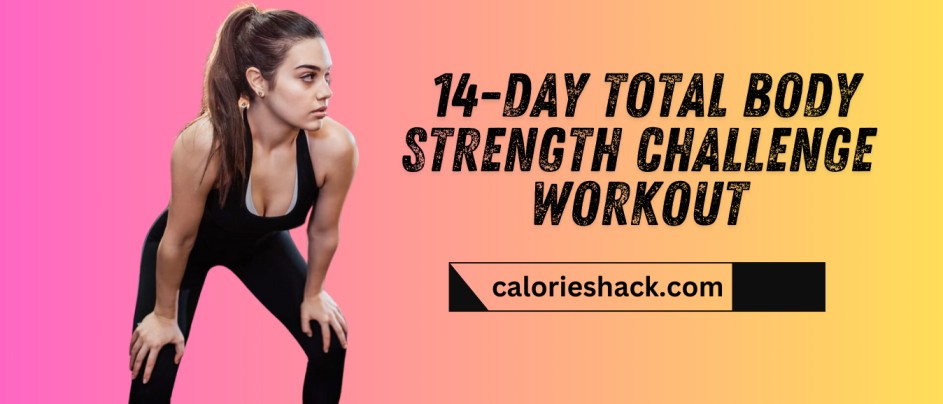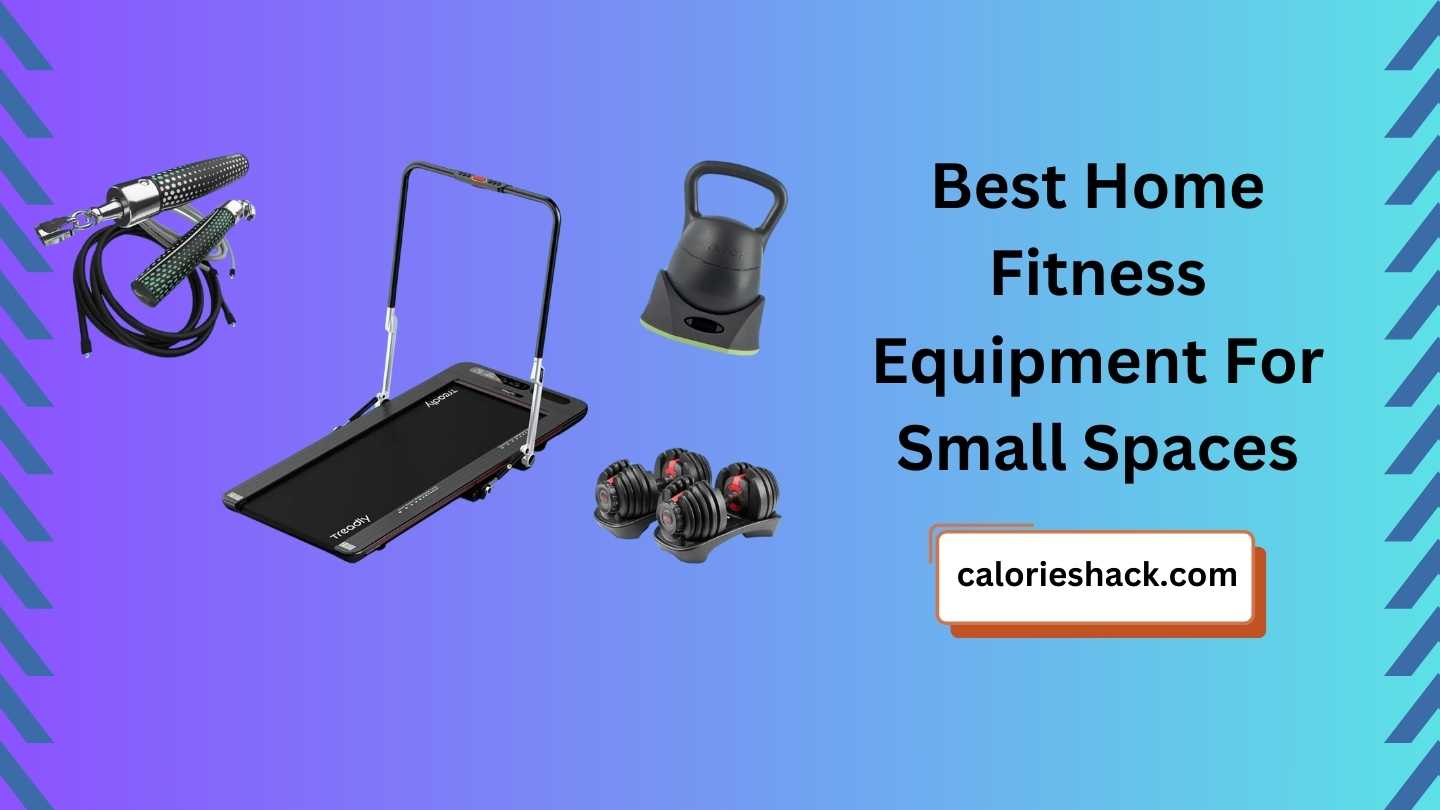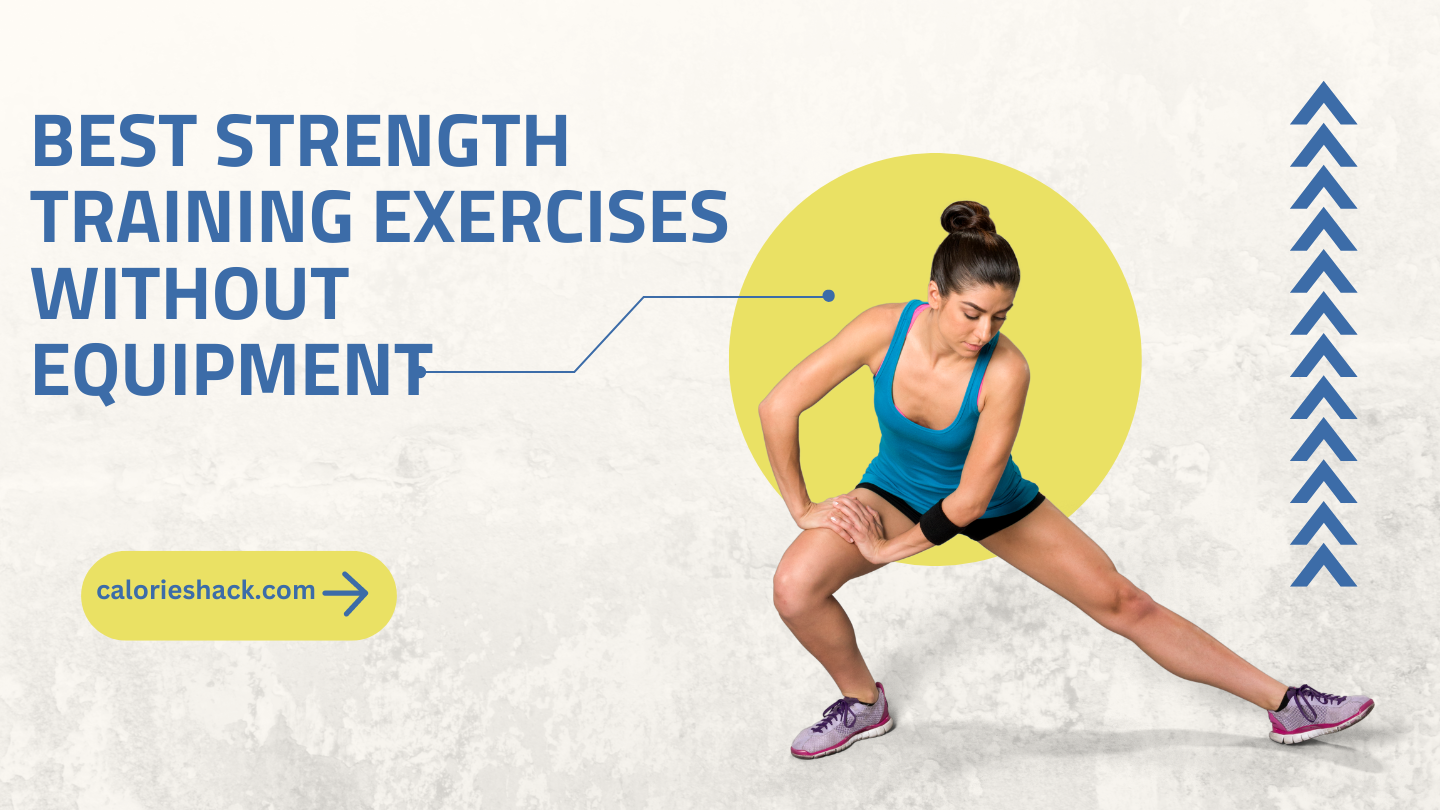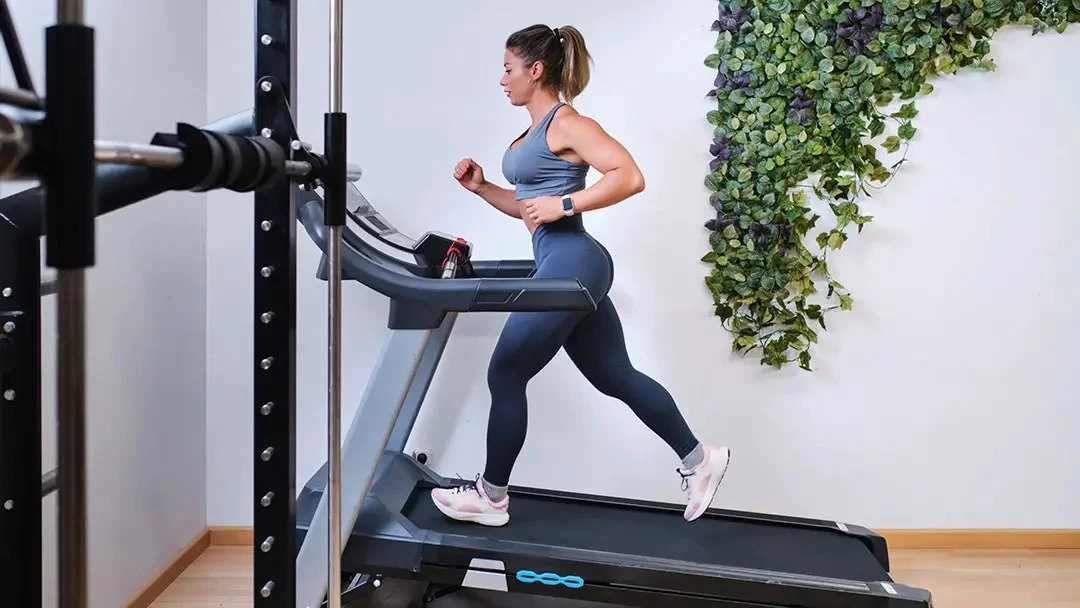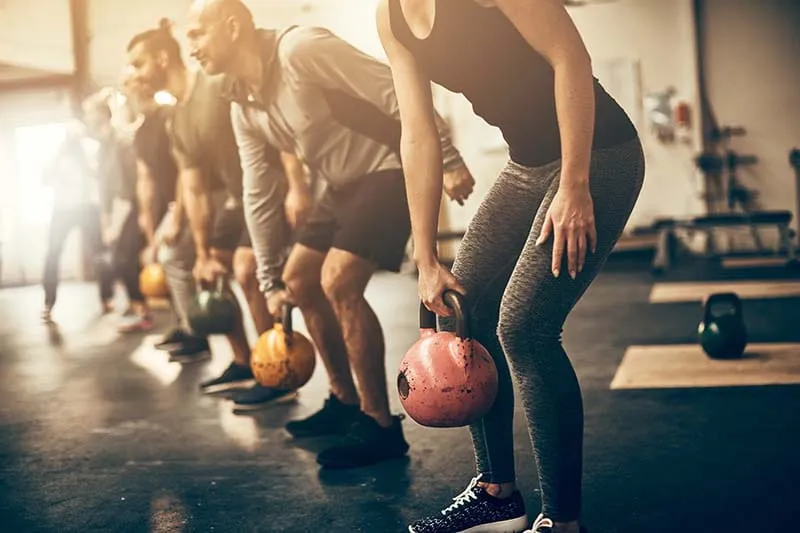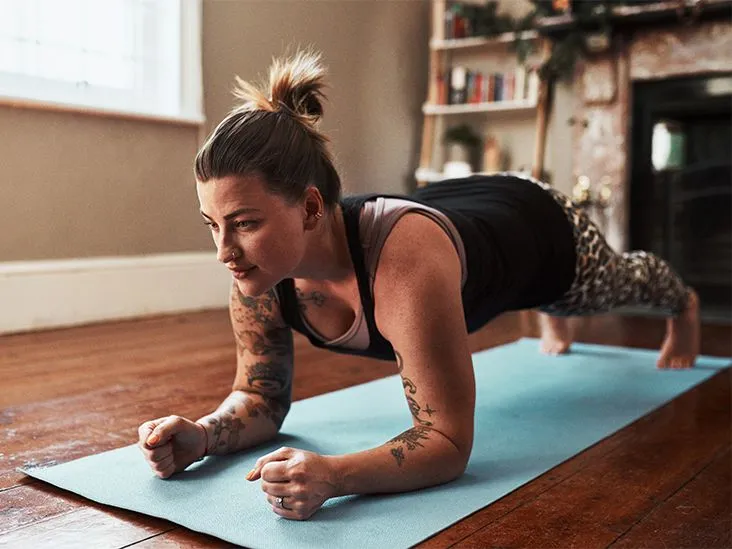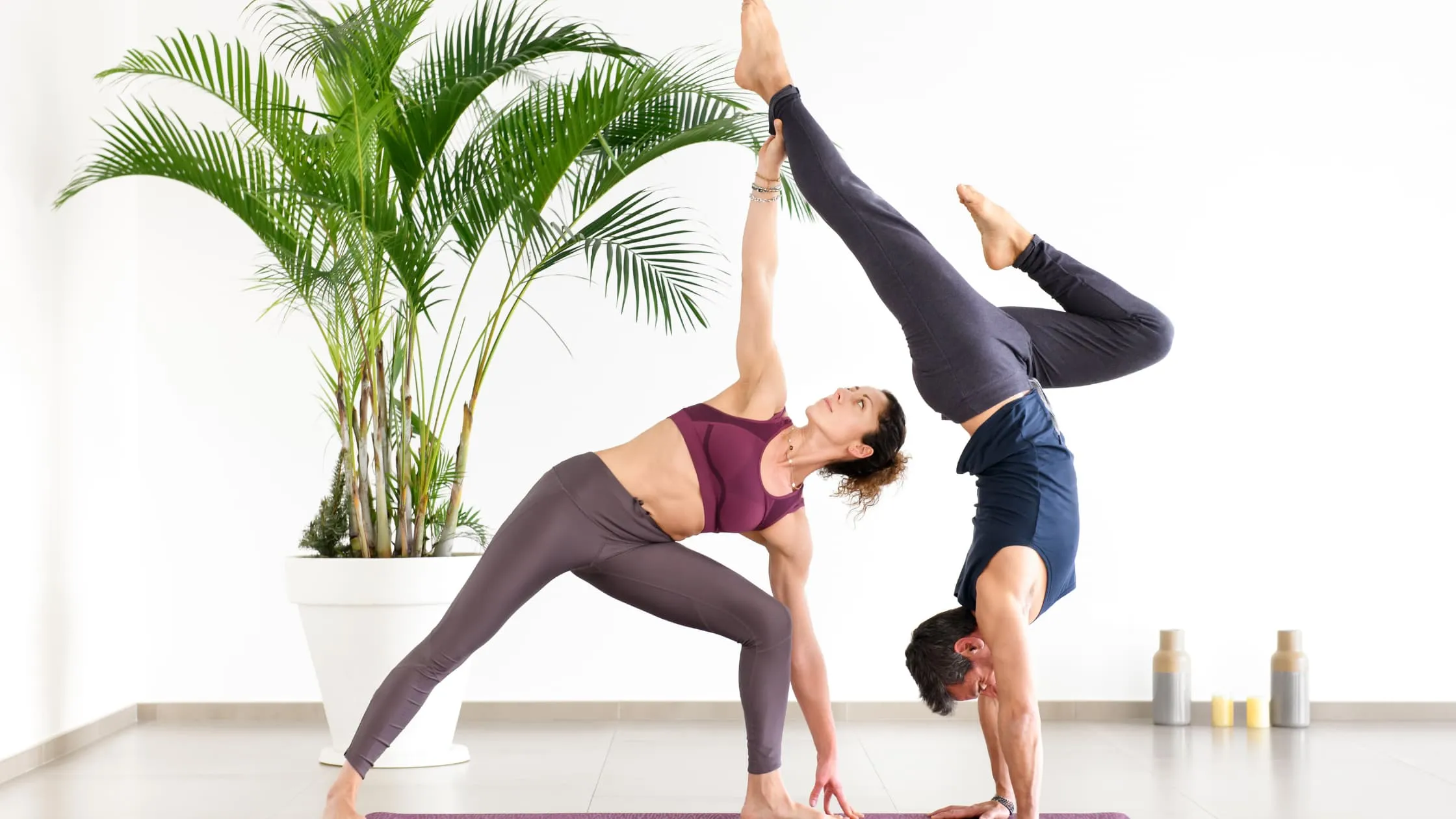Paddling machines might have recently assembled dust toward the side of the exercise center. In any case, because of the blast of paddling studios and at-home rowers outfitted with screens that show track with exercises, paddling machines are currently becoming the dominant focal point.
Paddling, while certainly not another development or even kind of activity, has turned into an existing apart from everything else exercise that is as yet developing in fame, with the Worldwide Games Sciences Affiliation (ISSA) revealing that support has bounced 20% beginning around 2014.
Yet, what makes paddling an exercise and what advantages might you at any point anticipate? Here, we investigate what kind of exercise paddling is, the wellbeing advantages, and how to get everything rolling.
What Is a Paddling Machine Exercise?
A paddling exercise machine is a piece of hardware that reproduces similar development and opposition as paddling on water, says Aisyah Rafaee, a Hydrow competitor and American Gathering on Exercise (Expert)- ensured fitness coach situated in Boston. You utilize a similar paddling strategy on an indoor rower as you would outside on a waterway (however the perspectives are clearly totally different).
Whether you do it inside on a machine or outside in a boat, paddling is fundamentally a cardiovascular exercise, says Victoria Rose, a clinical activity physiologist and weight reduction expert in Toronto. "Nonetheless, you are as yet focusing on specific muscle gatherings and developing your fortitude with paddling," she says.
Specifically, paddling develops fortitude in your legs, center, arms, and back, and which muscle bunches you target rely upon the period of the paddling stroke. As you pull the handle, broaden your legs, and recline marginally, you'll enact your biceps, abs, latissimus dorsi (lats, the enormous muscle in your back), glutes (posterior), quads (the muscles before your thighs), and calves, per a previous article. Then, as you switch the development, your rear arm muscles, trapezius (the upper-back muscles), hamstrings (the muscles toward the rear of your thighs), and abs dominate.
Paddling exercises have the additional advantage of being low-influence. This implies they're delicate on your joints, which might forestall agony and wounds, noticed the ISSA.
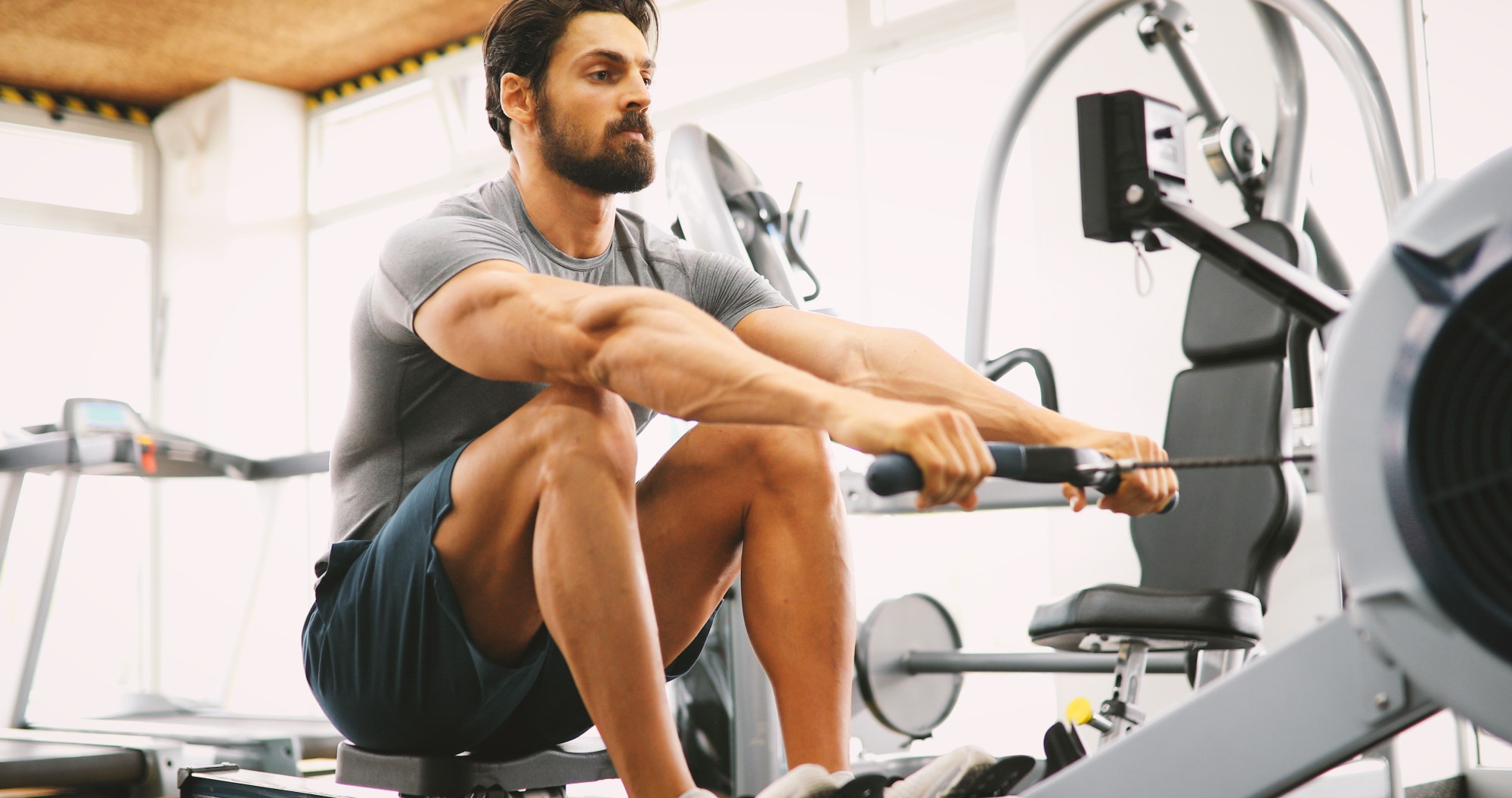
As a type of cardio, paddling combines with the 150 minutes of moderate-power high-impact practice each week suggested by the Places for Infectious prevention and Counteraction (CDC) for general wellbeing. You can likewise wrench up the speed or protection from transform your paddling exercise into extreme focus preparing (the CDC says to hold back nothing each week if doing incredible power oxygen consuming movement).
How might you let know if you're paddling at a moderate or enthusiastic force? The CDC suggests utilizing the discussion test: In the event that you can talk yet not sing while at the same time paddling, you're working at a moderate force. Furthermore, in the event that you can't express in excess of a couple of words without stopping for a breath, you've arrived at enthusiastic power.
While paddling can fortify your muscles, it's essentially a cardio exercise. Hence, Rose prompts adding opposition preparing into your everyday practice. The CDC suggests getting somewhere around two full-body strength instructional meetings each week notwithstanding the previously mentioned vigorous activity.
Potential Medical advantages of Paddling Machine Exercises

Paddling machine exercises are wellbeing advancing in numerous ways. The following are a couple of possible advantages:
Paddling Can Further develop Heart Wellbeing
Paddling might be a full-body exercise, however the essential advantages are for your cardiorespiratory framework (the heart, veins, lungs, and aviation routes). For instance, past examination found that proficient rowers have more grounded hearts contrasted and inactive people.
That shouldn't come as a shock: When done consistently, moderate-and enthusiastic force practice like paddling works on your heart's capacity to siphon blood to your lungs and all through your body, per the Public Heart, Lung, and Blood Establishment (NHLBI). One survey additionally noticed that exercise diminishes aggravation, helping bring down your gamble of coronary illness.
Paddling Is Ok for Individuals of Most Ages and Capacities
Paddling machine exercises have characteristics that make them protected and successful for individuals of any age and capacities. Paddling is delicate on the joints, offers an extraordinary exercise in a short measure of time, and can be immediately scholarly, says Maria Brezler, an American School of Sports Medication (ACSM)- guaranteed fitness coach and paddling mentor in Severna Park, Maryland.
"One client, who is 88 years of age, just purchased a paddling machine," Brezler adds.
Furthermore, on the grounds that paddling machines stay set up and your feet never leave the pedals, indoor paddling can be a protected choice for individuals with vision misfortune who could somehow get injured attempting to cycle out and about or stroll on the moving belt of a treadmill. Past exploration observed that individuals with vision misfortune had the option to perform five 20-minute paddling meetings each week for quite some time, accordingly further developing heart wellbeing and body organization.
Paddling Is Delicate on Joints
Love pickleball? Running? These cardio exercises offer a compelling exercise however can be cruel on the lower-body joints.
Paddling, then again, focuses on your heart and lungs like different kinds of cardio exercises. But since your feet never leave the pedals, it won't put as much weight on joints like the knees, says Brezler. Use paddling to construct or keep up with wellness while offering muscles and joints a reprieve from high-influence practices like running.


